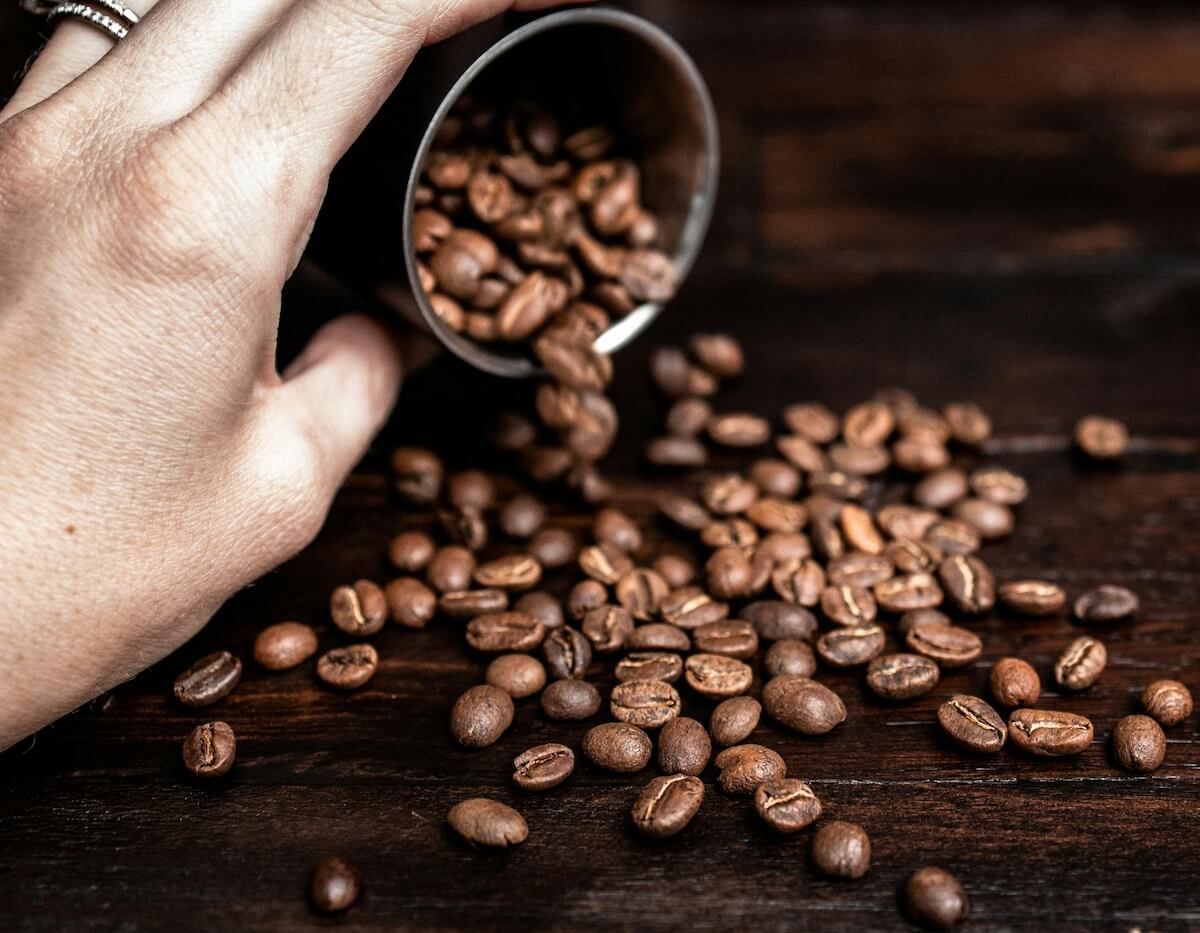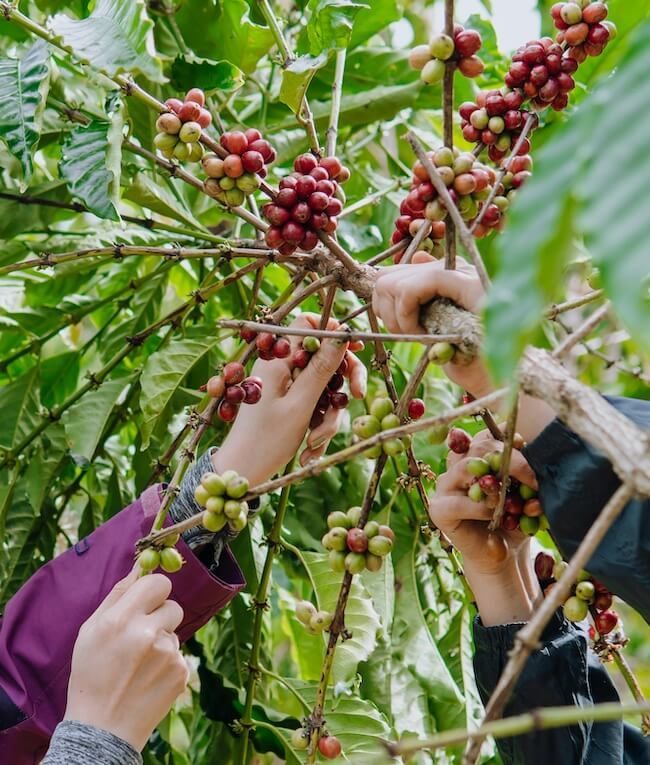
As with wine, the taste of coffee depends on the quality of the fruit and the way that fruit is transformed into a beverage.
As with freshly baked bread, freshly roasted coffee has a very short shelf life of a maximum of five days regardless of packaging. By definition, over 95% of all coffee sold to consumers is stale.
Making a cup of coffee is a science but a simple science governed by the laws of nature. Adherence to the "three keys" is the only way to enjoy coffee at its best sweet with distinctive flavours derived from the country of origin. The three keys to quality coffee are:
The best coffee beans produce the best cup of coffee.
High-quality coffee beans are a lot like high-quality grapes, they're a crucial ingredient, but by no means guarantee a high-quality end product.
Great-tasting coffee also relies on how soon the coffee is brewed and consumed after roasting. For coffee to be fresh, and best, it must be consumed within five days after roasting, three hours of grinding, and fifteen minutes of brewing. The first sign that coffee is stale is a bitter taste.
Temperature and time brewing is the extraction of coffee flavour oils from the roasted grounds using water.
The best temperature for optimum extraction is water just off the boil (195°-205°F/ 90°-96°C). This temperature will extract the full range of flavours from fresh roasted beans.
Time is a function of the brewing method and grind size. There are many ways to brew good coffee. Steeping and espresso are two of the best methods. Learn more.

Coffee acquires unique taste characteristics from its geography soil, water, air, flora, etc. While entire books have been written about varietals and the art of Cupping Coffee, coffee taste can be described and generally characterized by continent of origin.
Coffees from Africa are distinctly bright (similar to citrus), and sweet (fruits and floral), with a dry wine finish. Countries to note are: Ethiopia, Yemen, Tanzania, Kenya, Zimbabwe, Zambia, and Uganda.
Coffees from Asia are rich and full-bodied, with heavy earth and spice flavours. Countries to note are: India, Java, Sumatra, Sulawesi, and Papua New Guinea.
Coffees from Central America, South America, and the Caribbean, possess a full spectrum of tastes from fruit and earth to nut, vanilla and chocolate.
They are intensely aromatic. Countries to note are Mexico, Guatemala, El Salvador, Honduras, Nicaragua, Costa Rica, Colombia, Peru, Bolivia, Cuba, Jamaica, the Dominican Republic, and Puerto Rico.

Green (unroasted) coffee beans have very little taste. Coffee taste as we know it, is created during the roasting process.
At 400°F/205°C, simple sugars and carbohydrates inside the green bean begin to caramelize, creating over 800 different flavour components (water-soluble coffee oils).
The two main tasting sensations in coffee are acidity and body. Acidity is the sweet tingling sensation on the tongue, not the bitter or sour taste associated with stale or low-quality beans.
The body is the weight of the coffee as it rests on the tongue the mouth feels. Both body and acidity vary depending on the country of origin, ranging from Africa (high acidity / low body) to South Asia (low acidity / high body).
Coffee tastes (or flavours) are characterized by: (1) fragrance & aroma, (2) taste & nose, and (3) aftertaste. Ted Lingle, in the Coffee Cuppers Handbook, describes the characteristics as follows:
Fragrance reveals the nature of a coffee bean's taste - floral, spicy, etc. It is evaluated by vigorously sniffing/smelling a sample of ground coffee.
The intensity of the fragrance reveals the freshness of the sample. The aroma is examined by taking long deep sniffs of brewed coffee. It reveals the aromatic character of the coffee - fruity, herbal, nut-like, etc.
Taste is examined by forcefully slurping brewed coffee into your mouth. This brisk aspiration spreads the fluid over the entire surface of the tongue, allowing all of the sensory nerve endings to simultaneously respond to sweet, salt, sour or bitter.
The nose is examined at the same time as the taste. Aspirating coffee over the tongue also aerates it, which causes a portion of the organic compounds to change into gases, which are then drawn into the nasal cavity. The nose tends to reveal flavours like caramel, malt, brown sugar, etc.
The aftertaste reveals flavours such as chocolate, campfire smoke, tobacco, pine sap, etc.